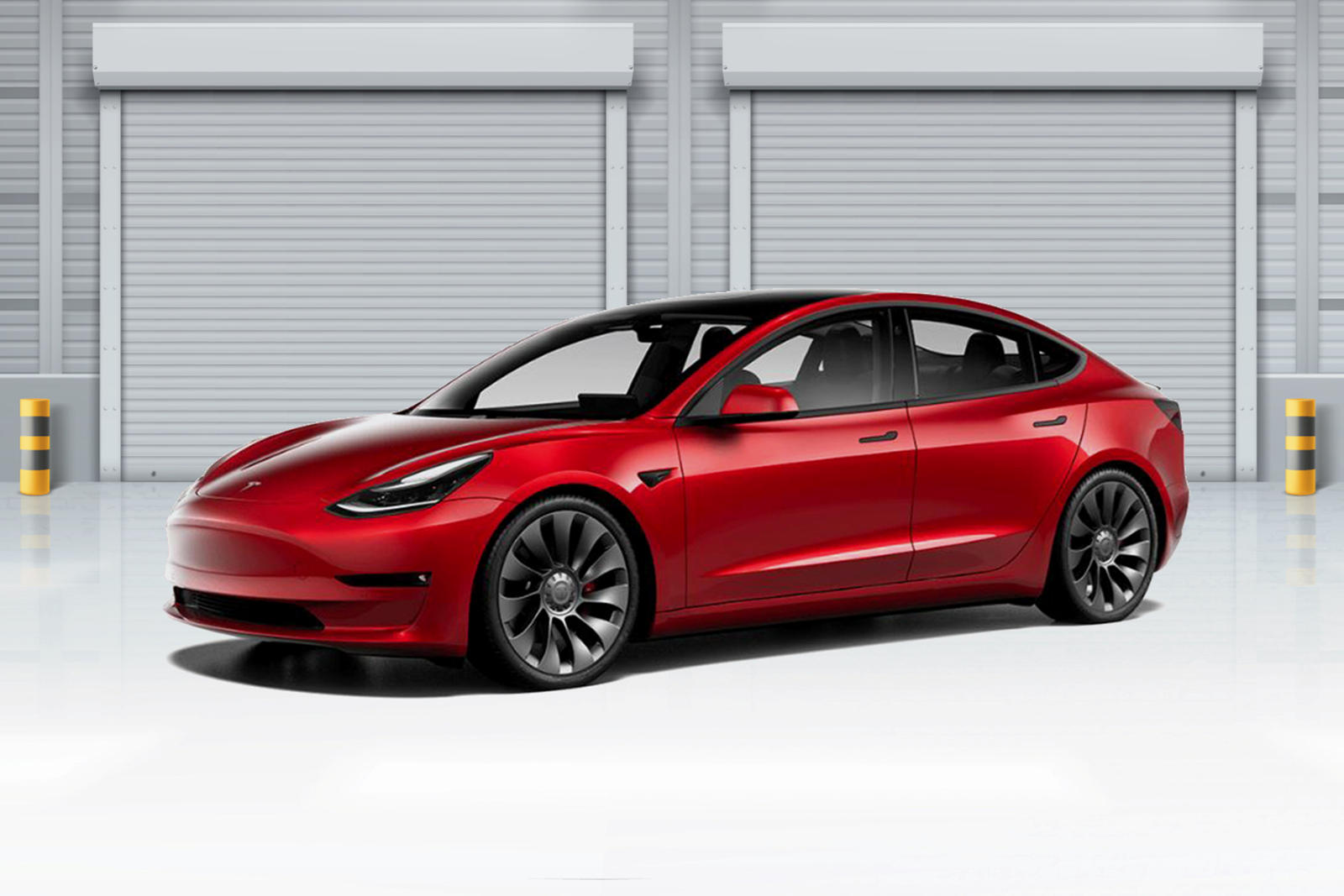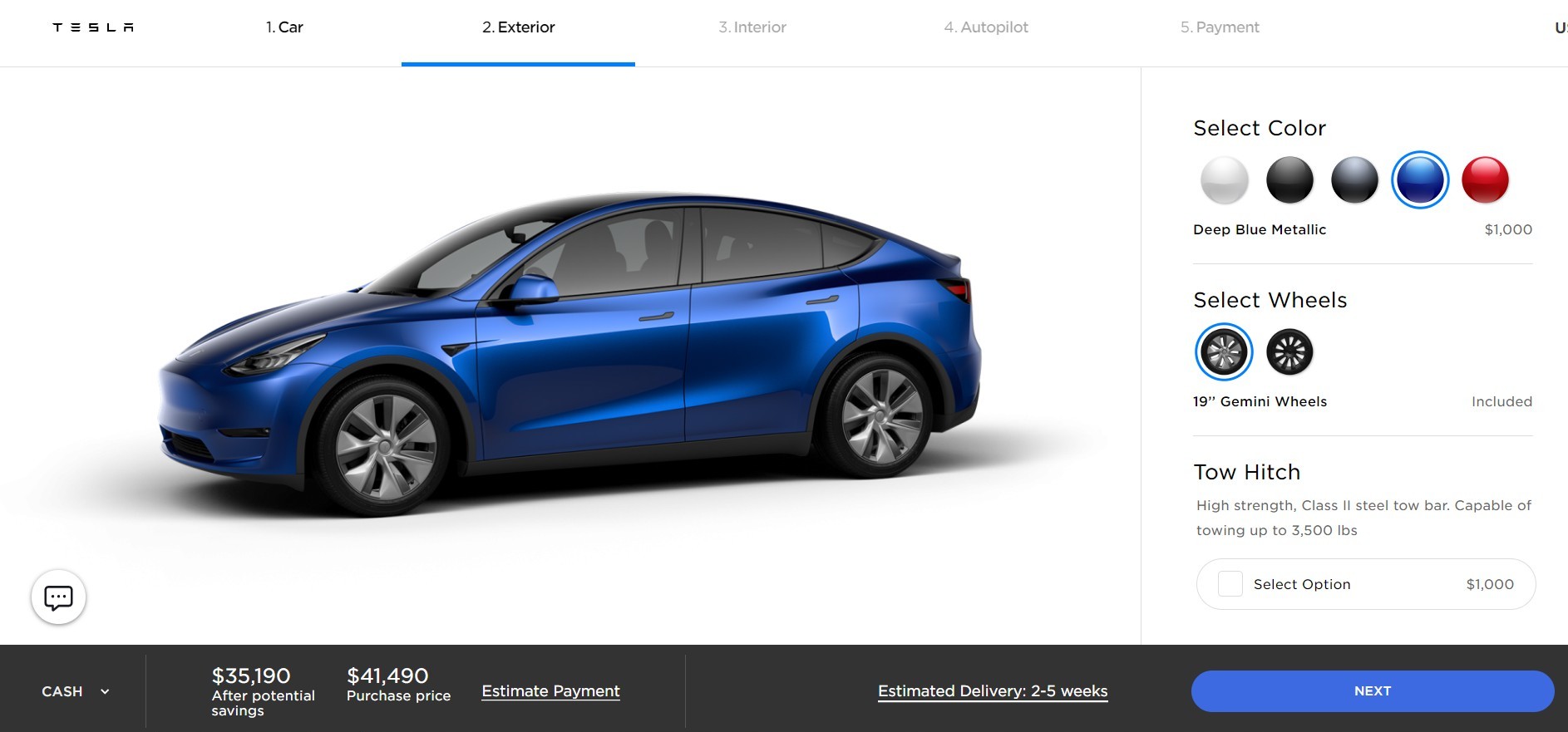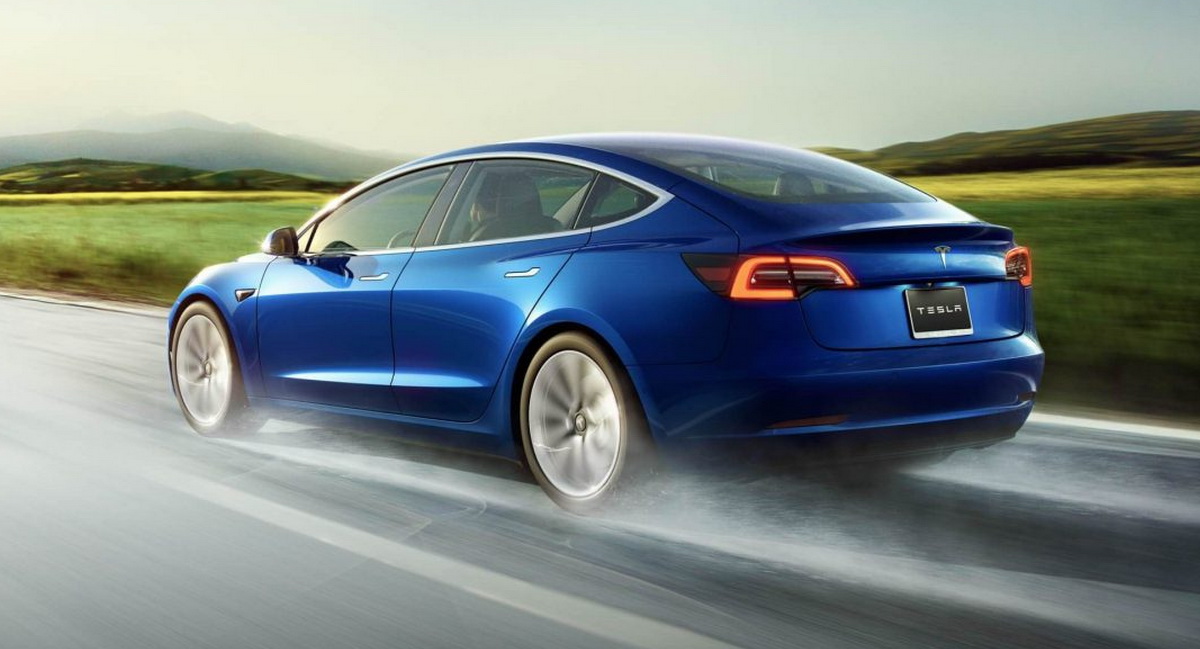

How’s the interior? This is one of the few areas where Tesla has taken a step back with the new Model S. It's not something that feels natural despite the loads of road grip provided by the sticky summer tires. The Plaid's tri-motor setup supposedly provides some sort of rear-axle torque vectoring, but the handling feels more muscle car and than sports car. It's exacerbated by the awkward steering yoke that doesn't seem to serve any ergonomic function. So from a safety standpoint, we lack some confidence in the Plaid's stopping hardware.Įven more disappointing is the Plaid's steering, which always feels too light and lacks a connection to the road. We ended up having to spend some significant time cooling down the brakes to ensure that they still worked. While the powertrain will mostly retain its capability to catapult you to irresponsible speeds run after run, the brakes on our test car began to fade after slowing down from a few acceleration blasts. We're less impressed with the Plaid's ability to stop and turn. Applying that calculation would drop our tested 0-60 mph time down to 2.1 seconds. We also publish acceleration without using the drag-racing 1-foot rollout. We do our acceleration tests on regular pavement, not a prepared drag strip.

The difference between our as-tested result and Tesla's likely comes down to the testing surface and number crunching. You might know that Tesla claims 0-60 mph happens in just 1.99 seconds. The Model S is also as easy to drive as a golf cart, albeit a 1,020-horsepower one. This is the quickest vehicle Edmunds has ever tested by a good margin, surpassing the prior Model S Performance (2.9 seconds and 11.1 seconds, respectively) or sport coupes such as the Lamborghini Huracan Evo (2.8 and 10.8 seconds, respectively). In Edmunds' testing, the Model S Plaid rocketed from 0 to 60 mph in just 2.3 seconds and passed the quarter-mile mark in 9.4 seconds at 150.8 mph. How does the Model S drive? The thrust and speed delivered by this tri-motor-powered sedan is nothing short of mind-bending. If you want to know what our test team thinks of the Tesla Model S, check out our in-depth review below in the Edmunds Expert Rating. The BMW i7, Lucid Air, Mercedes-Benz EQS and Porsche Taycan are relative newcomers and they make compelling alternatives that excel in categories such as comfort, luxury, design and build quality. If you aren't sold on the Model S, you now have a few other choices from automakers that have recently introduced all-electric models. The steering yoke is neat in theory but is awkward to use when you're making a lot of steering inputs, like during a U-turn. It's a welcome change as we never liked the aircraft-style steering yoke that Tesla added to the car a couple of years ago. For 2023, the most notable change so far is the return of a traditional steering wheel, at least as an option. Recent updates include pricing reductions and a swivel function for the center touchscreen. Unlike most other automakers, Tesla makes rolling updates to its vehicles rather than waiting for a brand-new model year to occur. Both versions also boast a convenient and roomy liftback-style cargo area and access to Tesla's nationwide network of Supercharger fast-charging stations that makes charging on the go easy.

The 1,020-horsepower three-motor Model S Plaid is the range-topping Model S and one of the quickest-accelerating production vehicles in the world.
2021 TESLA LONG RANGE FULL
That combo is good for an impressive EPA-estimated driving range of up to 405 miles on a full charge.
2021 TESLA LONG RANGE PLUS
The base 2023 Model S has dual electric motors that provide all-wheel drive plus a 100-kWh battery pack. The appeal of the Model S starts on the spec sheet.


 0 kommentar(er)
0 kommentar(er)
